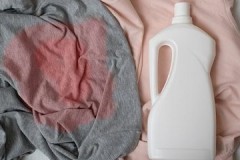Simple but important rules on how to wash synthetics in a typewriter and by hand
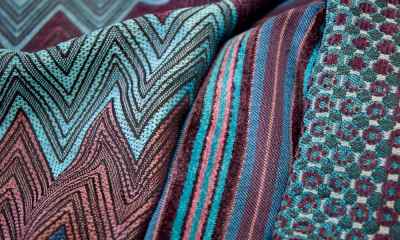 Synthetic fabrics are widely used and have their own care features.
Synthetic fabrics are widely used and have their own care features.
To preserve their appearance and extend their service life, you need to know how to wash synthetics according to all the rules.
In this article we will tell you how to properly wash synthetics in the washing machine and by hand, at what temperature, how to return the previous appearance of a synthetic item if it fades during washing.
Content
Washing features
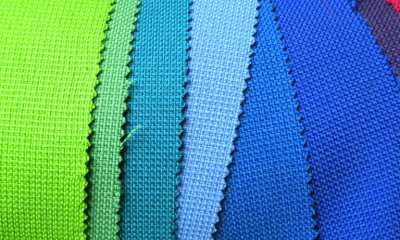 Man-made clothing has many benefits:
Man-made clothing has many benefits:
- practicality to wear;
- low crease;
- bright color;
- a wide selection of synthetic fabrics in terms of density, texture and appearance;
- durability.
In addition, synthetics can be included in blended materials, providing better performance to things. The exact composition and conditions for caring for things made of artificial fabrics can be specified on the label.
The widespread use of synthetic materials makes it necessary to know the rules for caring for them.
For synthetics there are a number of washing restrictions:
- inadmissibility of high temperatures to avoid deformation;
- undesirability of using spin at the end of washing, as this may cause creases;
- inadmissibility of intense friction and other similar influences, including active spinning.
At what temperature is the washing machine processed?
Processing in an automatic washing machine must be carried out taking into account all the rules:
- Preparing clothes for washing (inspection for torn or stained places).
- Fastening of all buttons, buttons, zippers, etc.
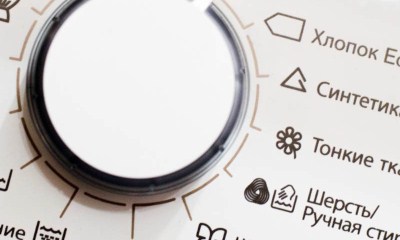 Turning things over to the wrong side.
Turning things over to the wrong side.- Putting things into the drum.
- Falling asleep in a special compartment of a detergent that can be used for synthetics.
- Setting the mode "delicate" or "synthetics", or "hand wash".
- Correction of the temperature indicator (it should be no more than + 60 ° C, and better - + 40 ° C).
- Spin setting to minimum.
- Start washing.
Setting the temperature higher than + 40 ° C on an automatic machine is possible only if this permission is written on the label for the product.
The choice of a detergent should take into account the characteristics of artificial materials. The best option is to use products that are focused on the processing of synthetic fabrics., wool or silk.
How and what to wash synthetics in a washing machine, the video will tell you:
How to hand wash?
Washing by hand allows you to process things more neatly than in a washing machine.
Cleaning should be carried out in several stages:
- Preparing clothes for washing: inspect, eliminate defects.
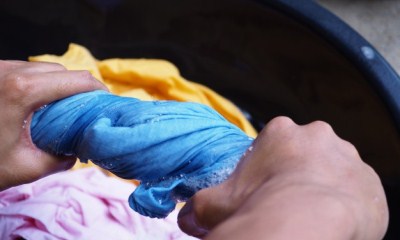 Pour cold water into a large container (basin or directly into the tub). The temperature should be, as in machine wash, from + 30 ° C to + 40 ° C.
Pour cold water into a large container (basin or directly into the tub). The temperature should be, as in machine wash, from + 30 ° C to + 40 ° C.- Dissolve the detergent in water. If powder is used, make sure that all granules are well dissolved.
- The thing is dropped into a container of water.
- Washing is done by hand. You can use a soft bristled brush. Worn out places are lathered with laundry soap.
- The product is rinsed.
- Spin - not vigorous, bulky things can be squeezed out through a terry towel.
Most synthetics do not absorb much water during the wash process.
Removing stains
Stains may appear on any item during the process of wearing. Synthetic fabrics in most cases do not respond well to the use of commercial stain removers... Contact with chemicals may cause discoloration of the material, its thinning and loss of texture.
The simple popular methods for removing stains include the use of salt:
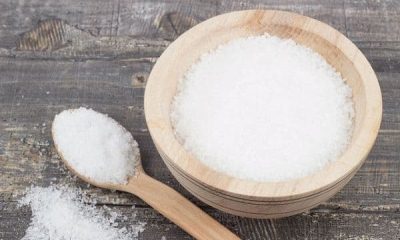 the thing in the place of pollution is moistened with water;
the thing in the place of pollution is moistened with water;- sprinkle the stain on top with salt;
- postpone for 30 minutes;
- wash the stain with water;
- wash with laundry soap;
- rinse.
If the recipe doesn't work, you can use a 10% borax solution. Stain removal procedure:
- Apply borax solution to the affected area of synthetic fabric.
- Lemon juice is squeezed onto the treated area.
- Rinse the entire product in cold water.
If the synthetic fabric is stained with dust and dirt, washing with laundry soap and a short (15-30 minutes) soaking in lukewarm water will help.
The thing has faded: how to return it to its previous appearance?
Sorting things before washing and processing in compliance with all the rules avoids shedding... Removing the paint while maintaining the color of the item itself is not an easy task.
A new item, even before the first wash, can be washed in a solution that fixes the colors. To do this, add 1 tbsp to a basin of water. l. vinegar and salt. It is enough to hold the product in the solution for a quarter of an hour to prevent the rapid washing out of the dyes.
The first thing to do when molt is detected is reprocessing... It can be effective while things are wet. In this case, it is necessary to sort them so that the paint is washed off, and the situation does not worsen even more. The water temperature for the second wash should be within the same range as during the initial wash.
To maintain the color of clothes that fade, a special agent can be used that allows you to restore the lost shade. For example, from TM "Laska" - "Magic of color". The use of stain removers is possible only if they are approved for use for synthetics.
Drying and ironing
 For drying fleece hang, acrylic and chlorine are best laid out on a horizontal plane. Nylon, mixed fabrics and lavsan are dried on a trempel.
For drying fleece hang, acrylic and chlorine are best laid out on a horizontal plane. Nylon, mixed fabrics and lavsan are dried on a trempel.
You need to hang things in the shade, not in direct sunlight, so as not to damage the material... It is forbidden to use heating devices and open flames to accelerate drying.
Synthetics are very capricious when it comes to ironing. Please note that not all synthetic materials can be ironed at all. Textured, having a loose or voluminous surface, cannot be ironed. This applies, for example, to fleece.
The ban also covers very thin materials used, for example, for sewing underwear and thin blouses. These items will look good if properly flattened dry.
Iron synthetic fabrics only through gauze or a piece of cotton... In this case, the iron should be set to the minimum temperature.
8 recommendations
Cope with the care of synthetics the following tips will help:
- If in doubt, what temperature of water heating to set, more or less, it is better to play it safe and choose a lower value.
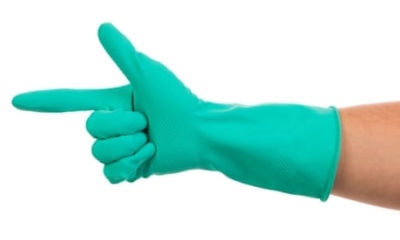 Boiling is prohibited.
Boiling is prohibited.- Synthetics and cotton fabrics it is better not to combine machines in one load.
- The frequency of washing is determined by the intensity of wear and the type of synthetic material. For example, for lavsan and nylon, the number of socks is 1-2 times, for chlorin and acrylic - from 4 to 5.
- If only hand washing is allowed for the item, using the washing machine is not allowed. Such restrictions may apply, for example, to clothing made of acetate.
- The inclusion of synthetics in blended fabrics affects the rules for washing things.
- The addition of a fabric softener helps to remove static electricity from items.
- The use of tumble dryers can lead to the formation of severe creases, which will be very difficult to repair later.
Conclusion
It is not difficult to wash synthetic fabrics if you follow the processing rules. For most things, this can be done by hand and with a washing machine.
There are some nuances in using household chemicals and ironing things.... With the appropriate knowledge, caring for synthetics will not present any difficulties.

